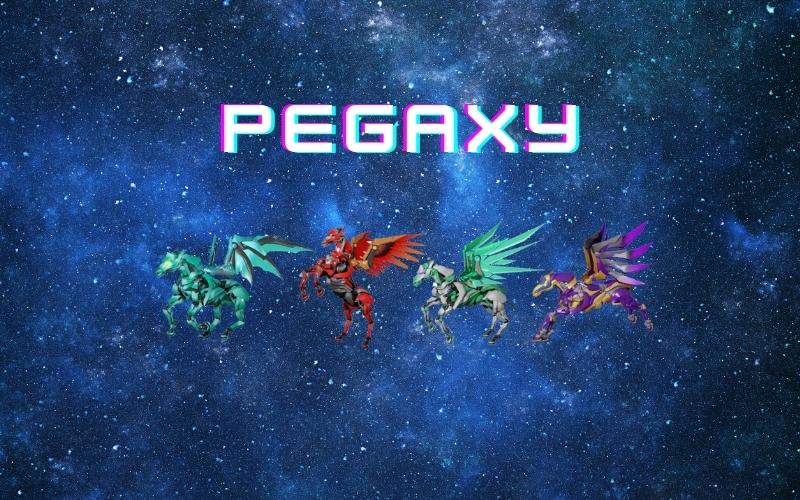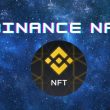- Pacer type can only compete for 45 PGX prize pool per race.
- VIS and PGX fee schedule revealed to fure two Pega NFTs.
Pegaxy changed its game rules overnight, altering the balance of value for Pega types. After the end of one of the biggest breeding events, there is more clarity on the mechanism of burning Pega NFTs, now known as Fusion.
The new gameplay will center around Pega types (as opposed to breeds, which are another categorization). The type separation will be between Pacer, Rare, Epic, Legendary and Founding Pegas, the only class which cannot be reached by fusion.
The game is now ready with the fee schedule to use Pega Fusion, which will require higher VIS investments when upgrading to a more rare type.
Even outside the breeding season, there are 634.2K Pega NFT listed on OpenSea, with a new lower floor price of 0.007 ETH. Pegas are also closely held by guilds aiming to race at scale. Legendary and Founding Pegas will be able to compete for a much higher prize pool in each race, 500 PGX distributed among the first three spots.
With the new game, racing Pacer type horses comes with a big disadvantage. The Pacer type, making statistically 75% of all NFTs, will face more competition and less rewards. Thus, Pega Fusion may act both as a sink for VIS and as a way to decrease the number of Pegas.
What Changed for Pegaxy
The update caused some confusion, as just days ago Pacer types also had a chance at winning during statistics-based gameplay. Now, the new system will give higher rewards to higher rarity types. The way Pegaxy will look still depends on the willingness of NFT owners to spend Vigorus (VIS) and upgrade their Pega.
Pegaxy is slowly regrowing its player count after the busy breeding season, up to 9.26K users in the past 24 hours. The game is still in the top 5 Pegaxy dApps, though losing its position to the currently hot Sunflower Land.
PGX inched up to $0.16 after sinking to $0.14, awaiting the game’s next move. VIS moved to $0.0052, still within its usual range. VIS has a higher potential to rally, though it remains mostly as a sub-penny asset which is inflationary and open to significant fluctuations.










